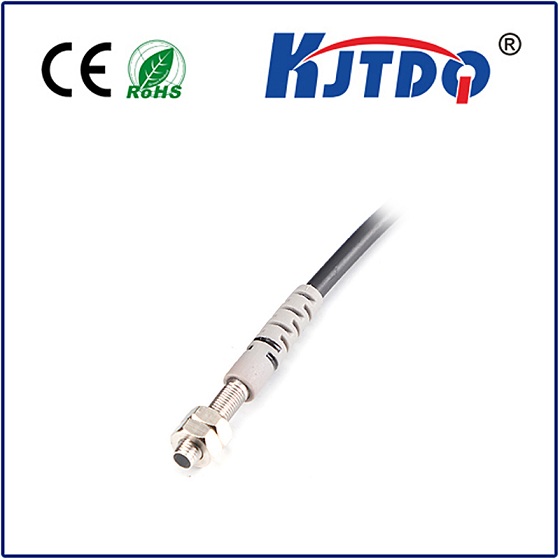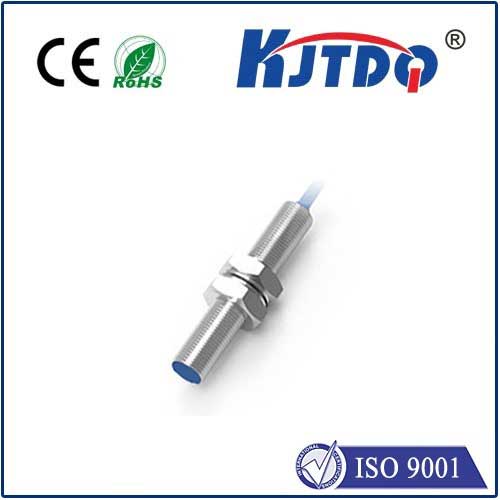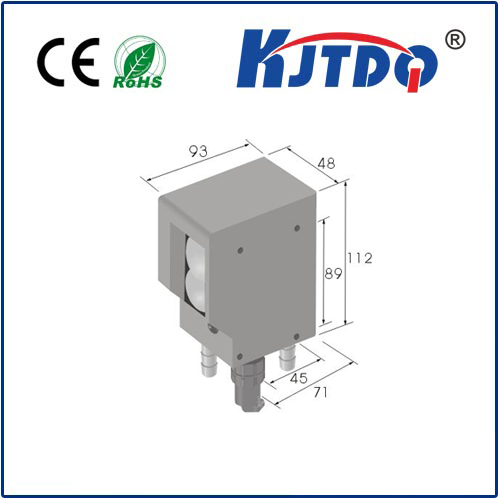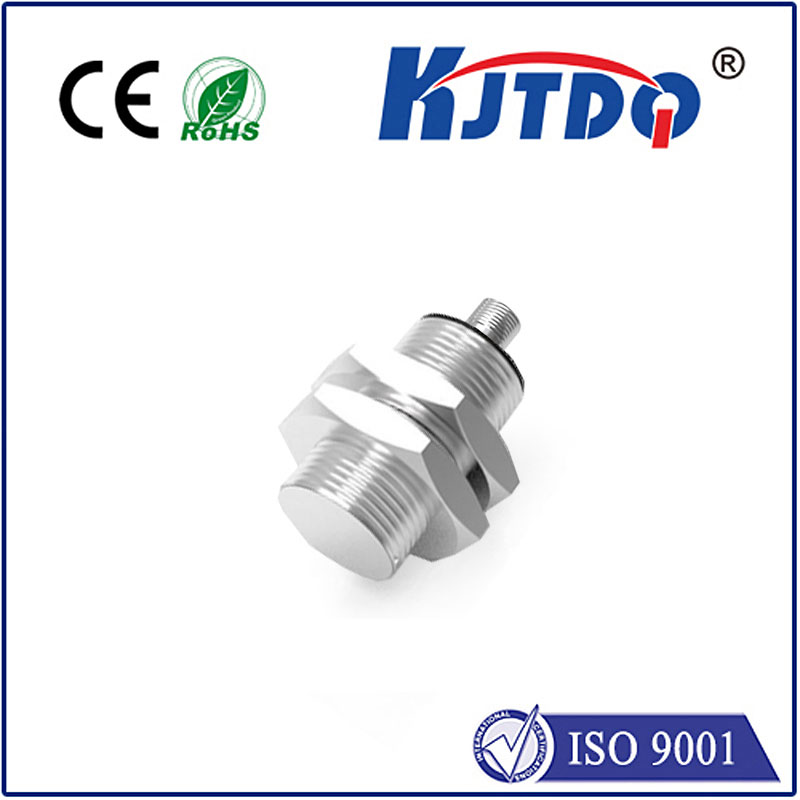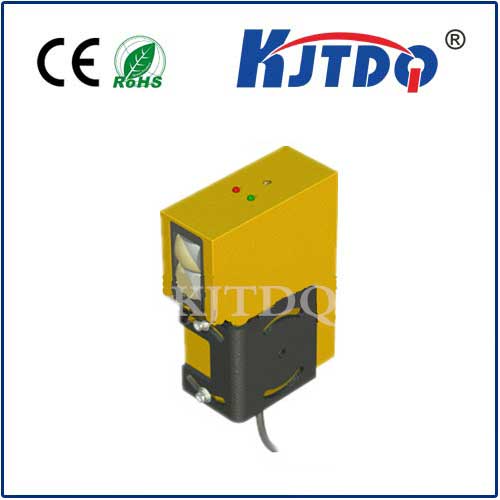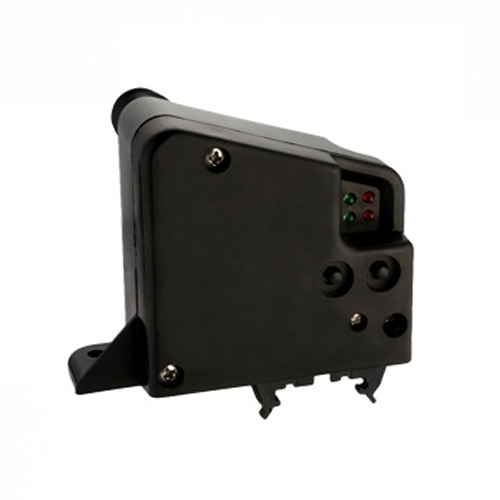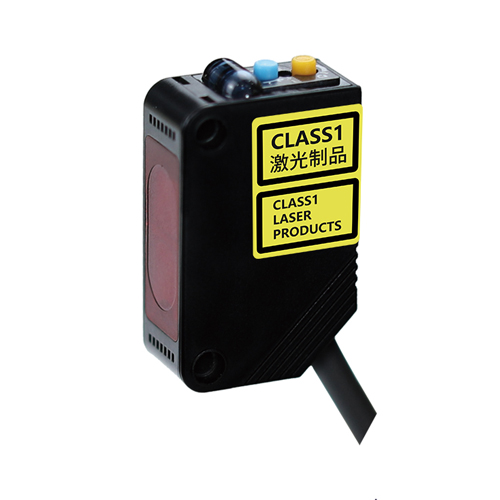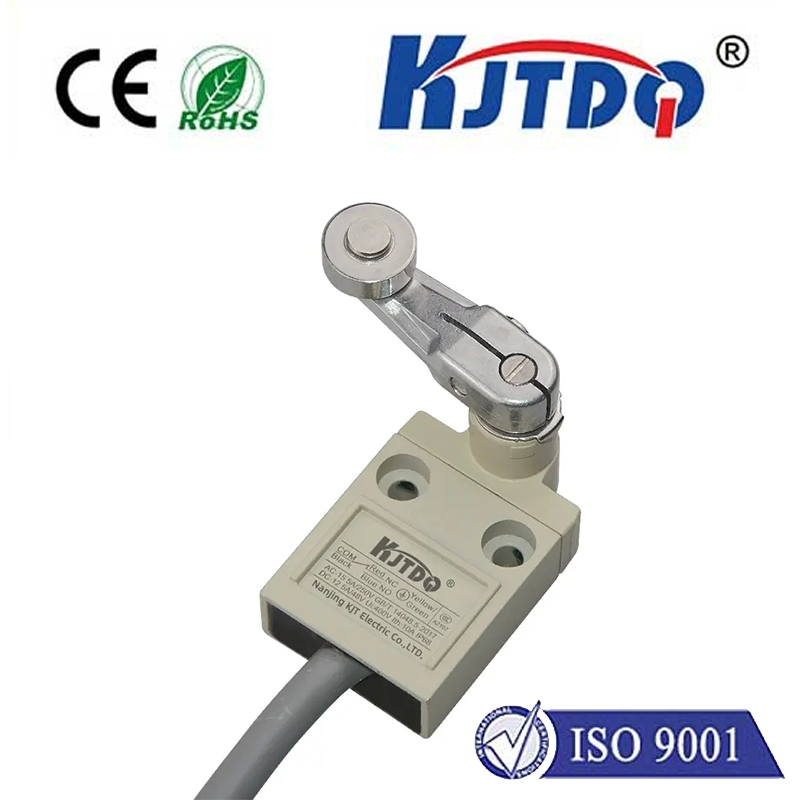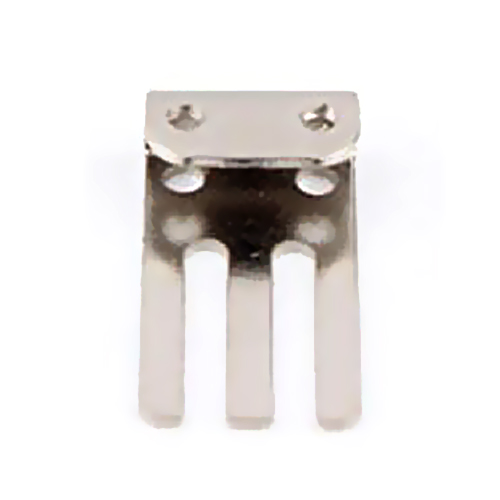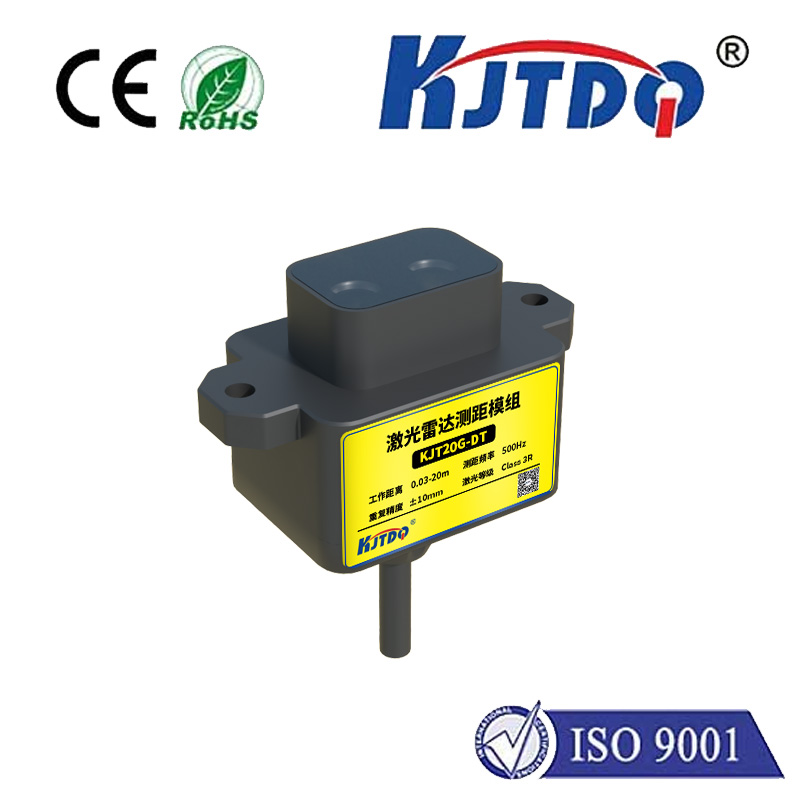BES003P high pressure proximity sensor
- time:2025-10-02 06:13:35
- Click:0
BES003P High Pressure Proximity Sensor: Uncompromising Detection in Extreme Environments
Imagine a hydraulic press exerting hundreds of tons of force, a high-pressure washing system blasting surfaces clean, or production lines where machinery operates under intense pressure. In these harsh realms, delicate sensors simply won’t survive. That’s where purpose-built components like the BES003P high pressure proximity sensor become indispensable. Designed to thrive where others fail, this sensor embodies robust engineering for critical sensing tasks demanding resilience alongside precision.
The Relentless Challenge of High-Pressure Environments
Industrial settings often push equipment to its limits. High pressure, whether from liquids (hydraulic oil, water jets, chemicals) or gases (compressed air systems, pneumatic lines), presents unique hazards. Standard proximity sensors can be vulnerable to ingress, housing deformation, seal failure, or signal disruption under such intense conditions. A failure isn’t just an operational hiccup; it can lead to costly downtime, compromised safety, and potential equipment damage. Detecting positions, monitoring cylinder end positions, verifying valve states, or confirming machine guarding in these zones requires a sensor specifically engineered to withstand the relentless assault of pressure.

Core Technology: Inductive Sensing Under Pressure
The BES003P leverages fundamental inductive proximity sensing technology, renowned for its reliability and non-contact operation. It generates a high-frequency electromagnetic field from its active face. When a metal target (like a piston rod, machine part, or flag) enters this field, it induces eddy currents within the target. This interaction causes a measurable change in the sensor’s internal oscillation circuit, triggering its solid-state switching output (commonly PNP or NPN). What sets the BES003P apart is not how it senses, but where it reliably performs this sensing task.
Engineering the BES003P for Pressure Dominance
Surviving and functioning accurately within high-pressure environments necessitates meticulous design choices:
- Robust Housing Construction: Typically featuring a stainless steel (e.g., V4A / 316L) housing or exceptionally tough engineering plastics, the BES003P’s body is built to resist deformation and corrosion. Its metal threaded barrel provides strength and secure mounting.
- Advanced Sealing Solutions: Achieving high IP (Ingress Protection) ratings, often IP67, IP68, or even IP69K, is paramount. This involves sophisticated multi-layer sealing systems using specialized elastomers (like FKM/Viton) resistant to high-pressure fluids, oils, and aggressive cleaning agents. These seals prevent media from penetrating the sensitive internal electronics.
- Pressure-Resistant Design: The entire sensor structure, including the sensing face material and internal component anchoring, is optimized to handle significant static and dynamic pressure loads without compromising performance or integrity. Its design inherently counteracts the crushing force exerted by the surrounding medium.
- Shielded Design: Most high-pressure variants incorporate internal electromagnetic shielding. This is critical in environments rife with electrical noise from powerful motors, solenoids, or variable frequency drives (VFDs), ensuring stable, interference-free switching signals.
- Optimized Sensing Distance: While offering reliable detection ranges (e.g., 2mm, 4mm, 8mm - specific to model variants), the BES003P’s sensing face geometry is often designed to minimize potential pressure traps and facilitate cleaning.
Where the BES003P Proves Its Mettle: Key Applications
This sensor isn’t a generalist; it’s a specialist for demanding scenarios:
- Hydraulic Systems: The quintessential application. Monitoring cylinder positions (piston rod detection), valve spool positions, tank levels (with appropriate targets), or confirming clamp closure in presses – all under intense oil pressure.
- High-Pressure Cleaning & Water Jet Systems: Enduring the harsh environment of washdown cabinets, tank cleaning systems, and ultra-high-pressure water jets used in food processing, parts cleaning, and surface preparation.
- Pneumatic Systems & Compressed Air Lines: Detection tasks within high-pressure air circuits, verifying actuator positions or valve states reliably.
- Plastic Injection Molding Machines: Sensing ejector positions, mold movements, and safety guards within the high-pressure clamping zones.
- Die Casting Machines: Position detection in high-pressure molten metal injection environments requiring thermal and pressure resilience.
- Heavy Machinery: Monitoring critical components in construction equipment, agricultural machinery, and marine applications exposed to high hydraulic pressures and rugged conditions.
- Chemical & Process Industry: Detection tasks within systems handling pressurized chemicals, where material compatibility and sealing integrity are non-negotiable.
Selecting and Implementing the BES003P Effectively
Choosing the right sensor requires careful consideration:
- Pressure Rating: This is paramount. Verify the sensor’s specified maximum working pressure exceeds your application’s peak pressure, including potential pressure spikes or surges. Don’t operate near the absolute limit; factor in a safety margin.
- Media Compatibility: Ensure the housing material (stainless steel type or specific plastic) and sealing materials (e.g., FKM for oils/high temp, NBR for general use) are fully compatible with the fluid or gas in the environment, including any additives or cleaning agents used.
- Temperature Range: Confirm the sensor’s operational temperature range aligns with your application’s ambient and process temperatures. High pressure can sometimes correlate with elevated temperatures.
- Electrical Specifications: Match the supply voltage (e.g., 10-30V DC), output type (PNP NO/NC, NPN NO/NC), and current rating to your control system requirements. Cable or connector style (M8, M12) is also a key factor for easy integration and sealing. Look for short-circuit and reverse polarity protection for added resilience.
- Sensing Distance & Target Material: Ensure the nominal sensing range (Sn) is sufficient for your installation gap and that the target material (steel, stainless steel, brass, etc.) is suitable for inductive sensing. Factor in any recommended reduction factors for non-ferrous targets.
- Mounting: Utilize the correct thread size and type (e.g., M12x1, M18x1.5). Ensure the sensor is mounted securely, ideally with the sensing face shielded from direct, high-velocity fluid jets if possible, though its design should handle it. Follow manufacturer torque specifications to avoid damaging seals or threads.
Beyond Brass: A Benchmark for Reliability
The BES003P high pressure proximity sensor represents a critical engineering solution. It transcends basic detection by offering a robust shield against the crushing forces and contaminating threats inherent in high-pressure systems. Its combination of durable materials, advanced sealing, pressure-resistant design, and reliable inductive technology makes it the go-to choice for engineers tasked with ensuring machine function, process control, and safety in the most demanding industrial landscapes. When failure under pressure is not an option, this sensor provides the steadfast reliability needed to keep operations running smoothly and safely.






